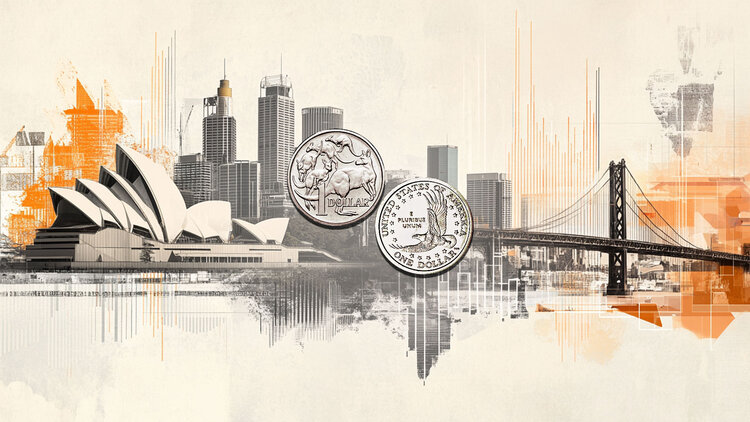“Alcohol consumption causes liver disease” and “alcohol and fatal cancers are directly linked.” Are these the messages that can be read, for now only in Ireland, on bottles of alcoholincluding wine. This is thanks to the EU’s green light for a law requested by Ireland, where alcohol consumption has become a social scourge, but which could set a precedent capable of pushing other countries to do the same. The law was approved despite the contrary opinion of France, Spain, six other members of the Union and Italy where this directive is causing much discussion and, as it was easy to imagine, is raising quite a few controversies.
“It is entirely it is improper to assimilate the excessive consumption of spirits typical of the Nordic countries to the moderate and aware consumption of quality products and lower alcohol content such as beer and wine which in Italy has become the emblem of a slow lifestyle, attentive to the psycho-physical balance that helps you feel good about yourself, as opposed to the unregulated intake of alcohol », indeed says the president of Coldiretti Ettore Prandini in a press release, underlining that “the right commitment of the Union to protect the health of citizens according to Coldiretti cannot be translated into simplistic decisions that risk unjustly criminalizing individual products regardless of the quantities consumed”.
Alcohol: does it make sense to talk about moderate consumption?
But from the point of view of health, therefore, Is it correct to talk about moderate alcohol consumption?
«On this the scientific world is almost unanimous: the WHO, like the Istituto Superiore di Sanità and other scientific institutions now agree in the belief that alcohol is bad and that there is no safety threshold regarding, for example, the oncological risk – explains the doctor Federica Invernizzihepatologist of the IRCCS San Raffaele Hospital – It is therefore impossible to speak of safe consumption for a substance that does not have a zero risk threshold. For this reason, as also underlined by the Ministry of Health and as the European guidelines on healthy eating remind us, we can only speak of low-risk consumption».
Expressions like «moderate consumption» or «conscious consumption» – in fact, it can be read on the website of the Ministry of Health – today they have been excluded from the guidelines since they could “lead the consumer into a certain indulgence in drinking alcohol”.
The criterion now shared on a scientific level is the one that can be summed up with the slogan «less is better» (less is more). And this for the negative and often underestimated effects that alcohol can have on your health.
«Alcohol is considered a carcinogen already since 1988 – Dr. Invernizzi points out – it has been a very long time therefore that alcohol has been known in medicine as a substance that can induce cancer, through at least 4 different mechanisms. An effect not to be overlooked is certainly this. In general, then, the alcohol consumption has been shown to be associated with more than 200 diseases, about 40 of these are entirely attributable to alcohol consumption. We usually divide them into two macro categories: that of chronic non-communicable diseasesfrom cancer to cardiovascular diseasesup to cirrhosis and ai neurological disorders. Is that injuries, intentional or unintentional, which include, for example, the road accidents of which those who have consumed alcohol but also those who have nothing to do with it can be victims. Precisely for this reason, unlike smoking, with which it has many similarities, alcohol is not only an individual health problem but also a collective one. And this above all because today there is total disinformation. There is little talk about the risks associated with alcohol consumption because it is certainly a topic that affects important social and economic interests as well as deeply rooted in our culture”.
Alcohol consumption among young people
Today, it is above all young people who pay the price for this disinformation.
“We have to think about that today about 2,500 people die from alcohol every day: one out of 4 is a young person who is the cause or victim of a road accident caused by alcohol – explains Dr. Invernizzi – Not only that, alcohol is the number one cause of disease and disability among young men aged 14 to 28. So let’s talk about a very early consumption today: for this we need an appropriate awareness in our country. Raising awareness that does not, however, translate into psychological terrorism as an end in itself” (Data: Higher Institute of Health)
Alcohol and spirits: is it right to distinguish from a health point of view?
We often tend to think that the negative effects on health are a problem linked above all to the consumption of so-called spirits but not of spirits such as wine and beer. From the point of view of the effects on the organism, does it make sense to make a distinction?
«In medicine we do not distinguish between alcoholic and spirits but we speak of alcoholic units and in fact the guidelines on low-risk consumption are expressed in alcoholic units – explains Dr. Invernizzi – precisely because the quantity of pure alcohol is different in wine, beer and spirits, to standardize the indications, on the basis of an international convention , the unit of alcohol has been chosen as the unit of measurement. One alcohol unit corresponds to 12 grams of pure alcohol which are equivalent to a 125 ml glass of wine with an alcohol content of 12°, or a can of beer of 330 ml at 4°, an 80 ml aperitif at 38° or a glass of 40 ml spirits at 40°»
In fact, the Italian indications of the Ministry of Health define a low-risk consumption of:
- 2 units of alcohol per day for men
- 1 alcohol unit per day for women
- 1 unit of alcohol per day for people over 65
- zero units of alcohol under 18 and during pregnancy
In terms of calories, however, a unit of alcohol contains about 80.
«Alcohol is “pure sugar”: it is in fact devoid of any nutritional content – underlines the expert – In a population like the European one that is heading towards obesity like the United States, this too is a figure that should not be underestimated ».
And the old saying “red wine makes good blood”?
However, it was once believed that red wine could “make good blood”. A popular saying, partly explained by studies that have highlighted the association between moderate consumption of wineespecially the red one and lower risk of cardiovascular disease.
So could drinking wine in moderation also have positive effects?
«We can now say that it is fake news – replies Dr. Invernizzi – from 2018 to today, several publications have come out in prestigious magazines, such as the lancetthat they belie these kinds of beneficial effects. In the sense that it is true that alcohol contains some substances, for example, antioxidants. The problem though is that the amount of alcohol a person would need to ingest to reach the effective dose is so large that it is not present in a glass of wine. On the contrary, it has been proven that chronic alcohol consumption increases cardiovascular risk in the long run.
Returning to the much-discussed EU legislation is therefore correct to insert the warning «harm to health» even on wine labels?
«As a doctor I cannot enter into the merits of political and social choices but I can say that there are no safety thresholds regarding alcohol consumption – concludes Dr. Invernizzi – It should be well evaluated what is the best awareness campaignbecause definitely this is an issue on which more information is neededespecially in schools and among young people. As I said, it is not right to demonize or engage in terrorism but it is right to let people know what the real problem is and what the risk is so that everyone can be free to make informed choices. Respecting, always and in any case, the people around us».
The Sirchia law, which prohibits smoking in clubs, is twenty years old: has it reduced smokers?
Cognitive decline: Ultra-processed foods can accelerate it
30 snacks that you consider healthy but to choose carefully
Source: Vanity Fair
I’m Susan Karen, a professional writer and editor at World Stock Market. I specialize in Entertainment news, writing stories that keep readers informed on all the latest developments in the industry. With over five years of experience in creating engaging content and copywriting for various media outlets, I have grown to become an invaluable asset to any team.







